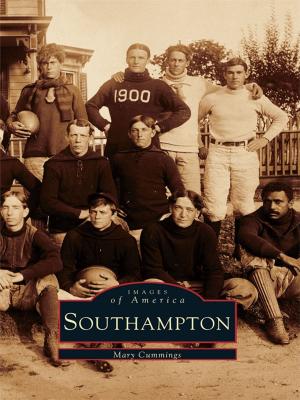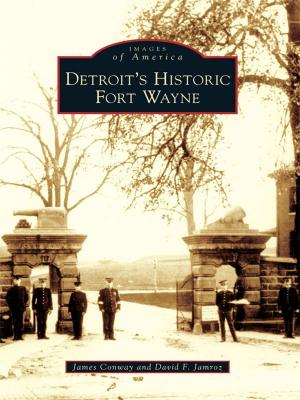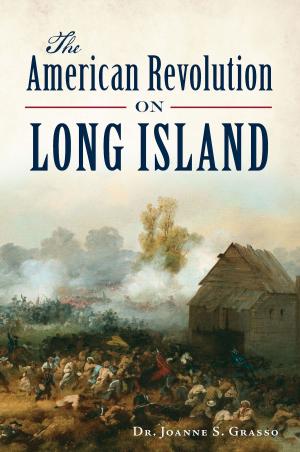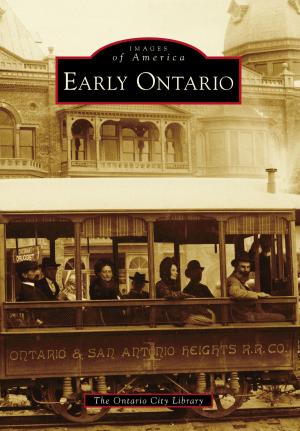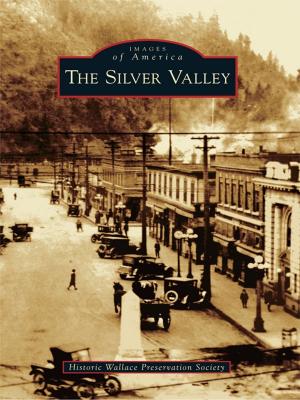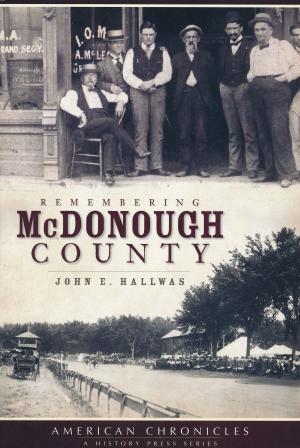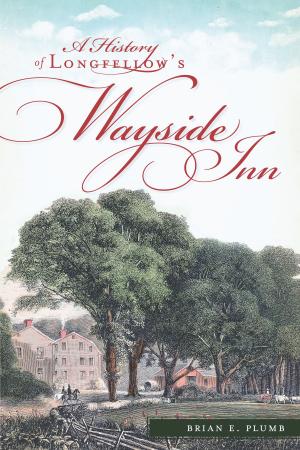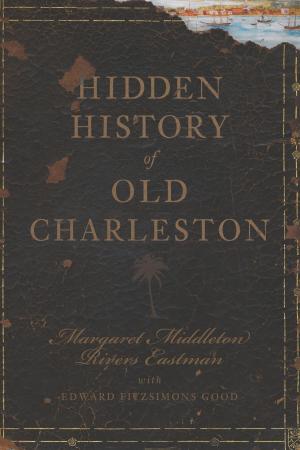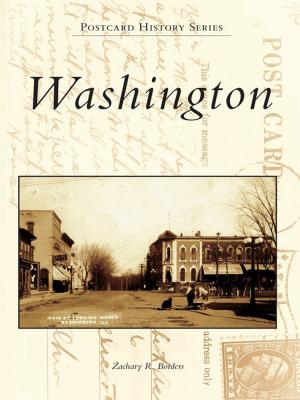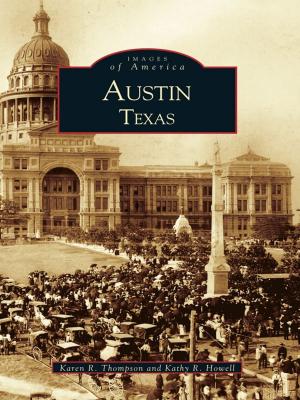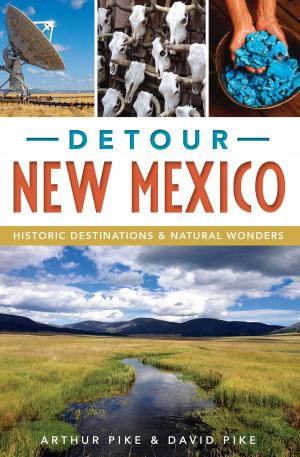| Author: | Reginald W. Neale | ISBN: | 9781439623947 |
| Publisher: | Arcadia Publishing Inc. | Publication: | January 17, 2011 |
| Imprint: | Arcadia Publishing | Language: | English |
| Author: | Reginald W. Neale |
| ISBN: | 9781439623947 |
| Publisher: | Arcadia Publishing Inc. |
| Publication: | January 17, 2011 |
| Imprint: | Arcadia Publishing |
| Language: | English |
In March 1790, the first permanent settlers traveled through the wilderness to their new home in Farmington. Two centuries later, the site would become the fastest-growing township in New York State. Farmington developed into a unique transportation and manufacturing community where sawmills, grain mills, asheries, and foundries thrived. The town was serviced by the New York Central and Lehigh Valley Railroads and the Rochester and Eastern Rapid Railway, which had stops in the vanished hamlets of Mertensia and Hathaway�s Corners. Today these railroad tracks have been reclaimed as recreational trails. The collection of photographs in Farmington weaves together the history of the mills, stores, churches, and families that make the township what it is today. Many of the images were captured by early Farmington photographer E. J. Gardner, whose practiced eye and personal connection to his neighborhood resulted in a priceless record of the people of Farmington.
In March 1790, the first permanent settlers traveled through the wilderness to their new home in Farmington. Two centuries later, the site would become the fastest-growing township in New York State. Farmington developed into a unique transportation and manufacturing community where sawmills, grain mills, asheries, and foundries thrived. The town was serviced by the New York Central and Lehigh Valley Railroads and the Rochester and Eastern Rapid Railway, which had stops in the vanished hamlets of Mertensia and Hathaway�s Corners. Today these railroad tracks have been reclaimed as recreational trails. The collection of photographs in Farmington weaves together the history of the mills, stores, churches, and families that make the township what it is today. Many of the images were captured by early Farmington photographer E. J. Gardner, whose practiced eye and personal connection to his neighborhood resulted in a priceless record of the people of Farmington.


